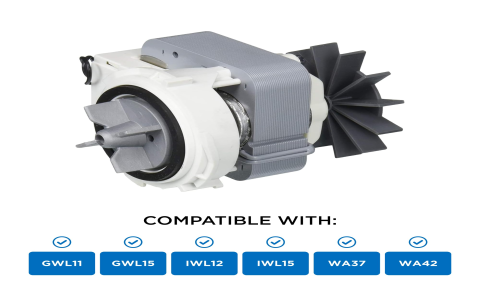Yes, most washing machines include a fuse dedicated to protecting the washer pump. This fuse acts as a safeguard against electrical overloads or short circuits, preventing damage to the motor and circuitry. If your pump fails to start or runs erratically, a blown fuse could be the culprit and can often be replaced with simple DIY steps.
Identifying Fuse Issues
Suspect a blown fuse if the pump is silent during cycles while other functions work normally. Common symptoms include no water drainage or unusual buzzing sounds. Always rule out simple causes like clogged filters first.
How to Replace the Washer Pump Fuse
- Safety First: Unplug the machine and turn off water supply valves to eliminate electrical or flood risks.
- Locate the Fuse: Access the control panel or back panel based on your model. Fuses are usually on the mainboard—look for small, glass or ceramic components near pump wiring.
- Test Continuity: Use a multimeter set to ohms. If readings show infinite resistance, the fuse is blown.
- Replace the Fuse: Remove the old fuse and install an exact replacement with the same amperage rating—common values are 5A or 10A. Refer to the machine’s manual for specs.
- Reassemble and Test: Secure panels, restore power, and run a short cycle to verify pump operation.
Note: If problems persist after replacement, inspect pump wires for damage or consider a motor issue, which might require professional assistance. Always wear gloves and ensure a clean workspace.


